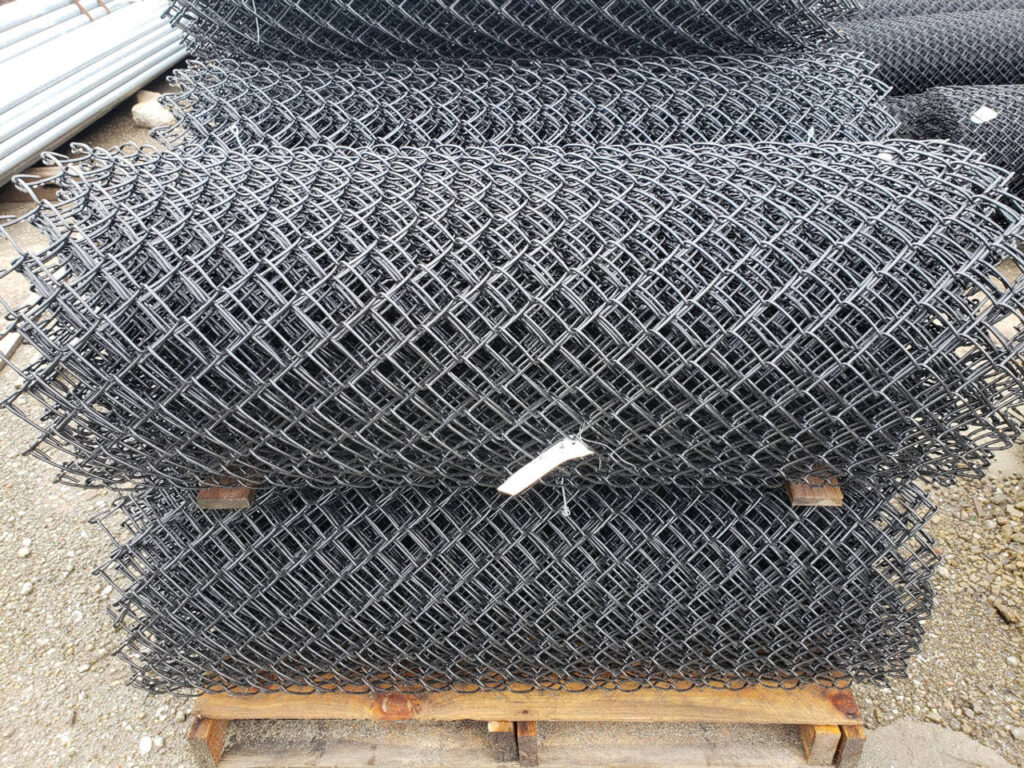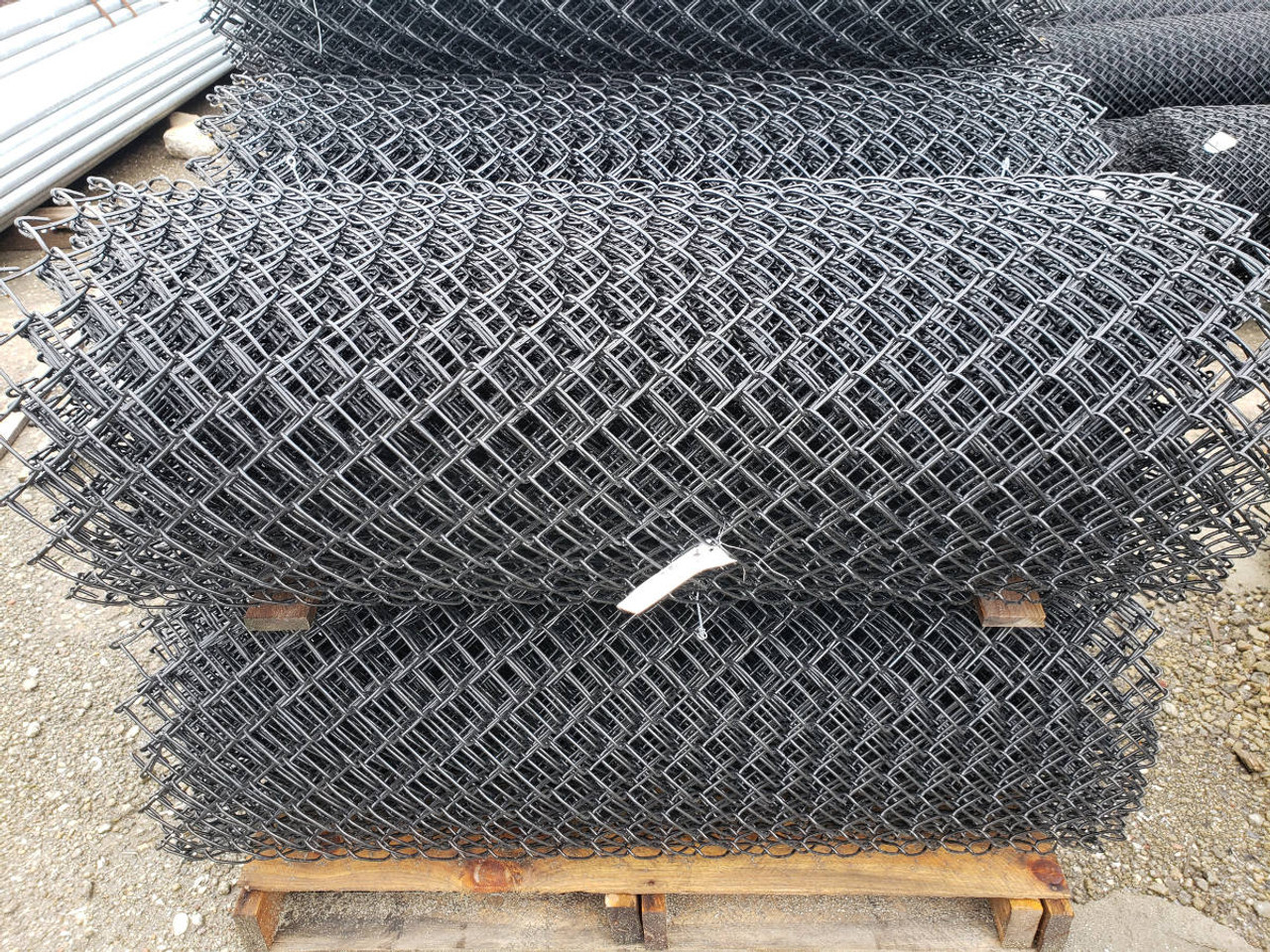
Unveiling the Benefits of Fence Fabric: Privacy, Protection, and Aesthetics
In an era where privacy is increasingly valued and outdoor spaces are becoming extensions of our homes, fence fabric emerges as a versatile and cost-effective solution. More than just a barrier, fence fabric offers a blend of functionality and aesthetics, transforming ordinary fences into visually appealing and highly practical structures. This article delves into the multifaceted advantages of using fence fabric, exploring its role in enhancing privacy, providing protection, and boosting the overall appeal of any property. We’ll also examine the various types of fence fabric available, offering guidance on selecting the best option for specific needs and applications. Whether you’re a homeowner seeking to create a secluded backyard oasis, a business owner aiming to secure your premises, or a sports enthusiast looking to improve the functionality of an athletic field, understanding the benefits of fence fabric is crucial.
What is Fence Fabric?
Fence fabric, also known as privacy screen or windscreen, is a material designed to attach to existing fences, providing a barrier that enhances privacy, reduces wind exposure, and adds an aesthetic touch. It is typically made from durable, weather-resistant materials such as polyethylene, polypropylene, or vinyl-coated polyester. These materials are chosen for their ability to withstand the elements, resist fading, and maintain their integrity over time. The fabric is often treated with UV inhibitors to prevent degradation from sunlight, ensuring long-lasting performance. Fence fabric comes in various colors, styles, and densities, allowing for customization to match the surrounding environment and meet specific privacy requirements.
Key Benefits of Using Fence Fabric
Enhanced Privacy
One of the primary reasons people choose fence fabric is to enhance privacy. Whether you want to shield your backyard from prying eyes, create a more secluded pool area, or simply enjoy your outdoor space without feeling exposed, fence fabric provides an effective solution. The density of the fabric determines the level of privacy it offers. Higher density fabrics block more light and visibility, creating a more opaque barrier. This is particularly beneficial for homeowners living in densely populated areas or those who value their personal space. The installation of fence fabric can significantly improve the comfort and usability of outdoor areas, making them more inviting and enjoyable.
Wind and Debris Protection
Fence fabric acts as a windbreak, reducing the force of the wind and creating a more comfortable environment. This is especially useful in areas prone to strong winds or dust storms. By reducing wind exposure, fence fabric can help protect plants, furniture, and other outdoor items from damage. Additionally, it can prevent debris such as leaves, dirt, and trash from blowing into your yard, keeping your outdoor space cleaner and more manageable. For sports fields, fence fabric can minimize wind interference, improving the performance of athletes and the overall playing experience.
Aesthetic Appeal
Beyond its functional benefits, fence fabric can significantly enhance the aesthetic appeal of a property. Available in a wide range of colors and styles, it can be used to complement the existing landscape and architectural design. Whether you prefer a natural look with earth tones or a more vibrant appearance with bold colors, there’s a fence fabric option to suit your taste. Furthermore, fence fabric can be used to cover up unsightly fences or create a more cohesive and polished look. This is particularly beneficial for businesses looking to improve their curb appeal and create a more professional image. [See also: Choosing the Right Fence Color for Your Home]
Increased Security
While not a primary security feature, fence fabric can contribute to increased security by making it more difficult for potential intruders to see into your property. This added layer of privacy can deter unwanted attention and make your home or business less attractive to criminals. Additionally, some types of fence fabric are designed with reinforced materials that are more difficult to cut or tear, providing an extra level of protection. By combining fence fabric with other security measures, such as alarms and surveillance systems, you can create a more secure environment.
Easy Installation and Maintenance
Fence fabric is relatively easy to install, requiring minimal tools and expertise. Most fabrics come with grommets or reinforced edges that allow for simple attachment to the fence using zip ties, clips, or wire. This makes it a DIY-friendly project that can be completed in a matter of hours. In terms of maintenance, fence fabric is generally low-maintenance. It can be easily cleaned with soap and water or a pressure washer. The durable materials used in its construction ensure that it will withstand the elements and maintain its appearance for years to come. [See also: DIY Fence Installation Guide]
Types of Fence Fabric
Polyethylene (PE) Fence Fabric
Polyethylene fence fabric is a popular choice due to its durability, affordability, and resistance to UV rays. It is lightweight, easy to install, and available in various colors and densities. PE fence fabric is a good option for residential applications where privacy and wind protection are desired. However, it may not be as durable as other materials in extreme weather conditions.
Polypropylene (PP) Fence Fabric
Polypropylene fence fabric is known for its high tensile strength and resistance to tearing and abrasion. It is a more durable option than polyethylene and is suitable for both residential and commercial applications. PP fence fabric is often used in sports fields and construction sites where it needs to withstand heavy use and harsh conditions.
Vinyl-Coated Polyester Fence Fabric
Vinyl-coated polyester fence fabric is the most durable and long-lasting option. It is highly resistant to UV rays, water, and mildew, making it ideal for areas with high humidity or exposure to the elements. This type of fence fabric is often used in high-end residential and commercial properties where aesthetics and longevity are important. While it is more expensive than other options, its durability and low maintenance make it a worthwhile investment.
Mesh Fence Fabric
Mesh fence fabric is designed to allow air to flow through, making it a good option for areas where wind resistance is a concern. It provides some privacy while still allowing for ventilation. Mesh fence fabric is commonly used in tennis courts, construction sites, and other areas where visibility is important.
Choosing the Right Fence Fabric
When selecting fence fabric, consider the following factors:
- Privacy Needs: Determine the level of privacy you require and choose a fabric with the appropriate density.
- Weather Conditions: Consider the climate in your area and choose a fabric that is resistant to UV rays, wind, and moisture.
- Aesthetic Preferences: Select a color and style that complements your existing landscape and architectural design.
- Budget: Set a budget and choose a fabric that offers the best value for your money.
- Installation Requirements: Consider the ease of installation and choose a fabric that you can easily install yourself or hire a professional to install.
Applications of Fence Fabric
Residential Fences
Fence fabric is commonly used on residential fences to enhance privacy, protect against wind and debris, and improve the overall appearance of the property. It can be used on chain-link fences, wood fences, and other types of fences to create a more secluded and aesthetically pleasing outdoor space.
Commercial Fences
Businesses use fence fabric to secure their premises, improve curb appeal, and create a more professional image. It can be used on construction sites, industrial properties, and retail locations to provide privacy, protection, and security.
Sports Fields
Fence fabric is widely used in sports fields to reduce wind interference, provide privacy for athletes, and enhance the overall playing experience. It can be used on baseball fields, tennis courts, and other sports facilities to create a more comfortable and functional environment. [See also: Best Fence Options for Sports Fields]
Construction Sites
Construction sites use fence fabric to contain debris, reduce dust, and provide privacy for workers. It helps to create a safer and more organized work environment while also minimizing the impact on the surrounding community.
Conclusion
Fence fabric offers a versatile and cost-effective solution for enhancing privacy, providing protection, and boosting the aesthetic appeal of any property. With a wide range of options available, it can be customized to meet specific needs and applications. Whether you’re a homeowner, business owner, or sports enthusiast, understanding the benefits of fence fabric is crucial for creating a more functional, comfortable, and visually appealing environment. By considering the factors outlined in this article, you can choose the right fence fabric to transform your outdoor space and enjoy its many advantages for years to come. The versatility of fence fabric makes it a worthwhile investment for anyone looking to improve their property’s privacy, security, and overall aesthetic. From residential backyards to commercial properties and sports fields, fence fabric provides a practical and visually appealing solution for a variety of needs. So, take the time to explore the different options available and find the perfect fence fabric to enhance your space.

